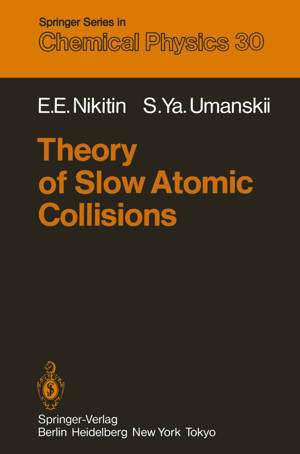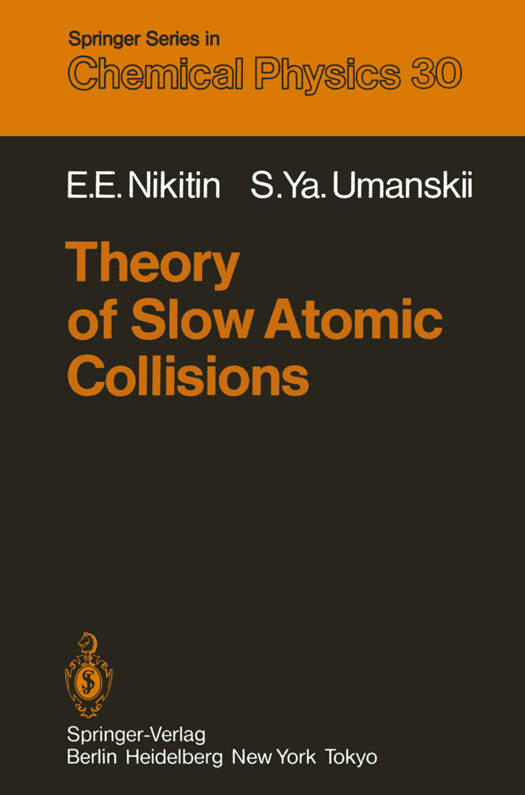
- Afhalen na 1 uur in een winkel met voorraad
- Gratis thuislevering in België vanaf € 30
- Ruim aanbod met 7 miljoen producten
- Afhalen na 1 uur in een winkel met voorraad
- Gratis thuislevering in België vanaf € 30
- Ruim aanbod met 7 miljoen producten
Zoeken
Omschrijving
The theory of atom-molecule collisions is one of the basic fields in chemi- cal physics. Its most challenging part - the dynamics of chemical reactions - is as yet unresolved, but is developing very quickly. It is here a great help to have an analysis of those parts of collision theory which are already complete, a good example being the theory of atomic collisions in process- es specific to chemical physics. It has long been observed that many notions of this theory can also be applied successfully to reactive and unreactive molecular collisions. More- over, atomic collisions often represent a touchstone in testing approaches proposed for the solution of more complicated problems. Research on the theory of slow atomic collisions carried out at the Moscow Institute of Chemical Physics has been based on just these ideas. A general viewpoint concerning the setting up and representation of the theory came out of these studies, and appeared to be useful in studying complicated systems as well. It underlies the representation of the theory of slow atomic colli- sions in this book.
Specificaties
Betrokkenen
- Auteur(s):
- Uitgeverij:
Inhoud
- Aantal bladzijden:
- 434
- Taal:
- Engels
- Reeks:
- Reeksnummer:
- nr. 30
Eigenschappen
- Productcode (EAN):
- 9783642820472
- Verschijningsdatum:
- 22/12/2011
- Uitvoering:
- Paperback
- Formaat:
- Trade paperback (VS)
- Afmetingen:
- 156 mm x 234 mm
- Gewicht:
- 625 g

Alleen bij Standaard Boekhandel
+ 263 punten op je klantenkaart van Standaard Boekhandel
Beoordelingen
We publiceren alleen reviews die voldoen aan de voorwaarden voor reviews. Bekijk onze voorwaarden voor reviews.








